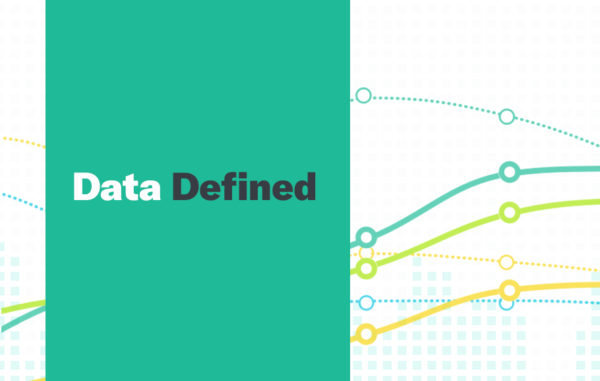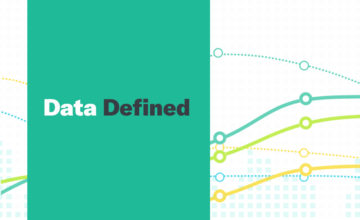Event Tracking Defined
Event tracking is used in analytics, and is defined as the tracking of events a user undertakes while on a website.
By tracking events, businesses are able to identify visitor behaviour, allowing for the accurate measurement of traffic flow for specific goals. This helps businesses make more informed decisions around getting better engagement rates for their web marketing efforts, and improving the pathways to information on a website or other sites.
Examples of events include; a user loading a page, clicking a button, making a transaction, or opening an email.
The coding needed to be implemented on a website to track events may include:
- ‘_trackEvent’ – This is a JavaScript method that starts out the array.
- ’Category’ – The category that you want to show up, like external links, social links, images, videos, or form.
- ‘Action’ – This is the action that occurred; something the user did that you are tracking.
- ‘Optional Label’ – This is an optional field, think of it like a specific category, such as; facebook, box 2, or sign up.
- Optional Value – This is a number value for the thing you are tracking.
To track specific events, a data tracking plan is to be created. A data tracking plan lays out which events to track, where those events go in the code base, and why those events are important to a business. Having a tracking plan benefits businesses as it builds consistency.
In Data Defined, we help make the complex world of data more accessible by explaining some of the most complex aspects of the field.
Click Here for more Data Defined.


